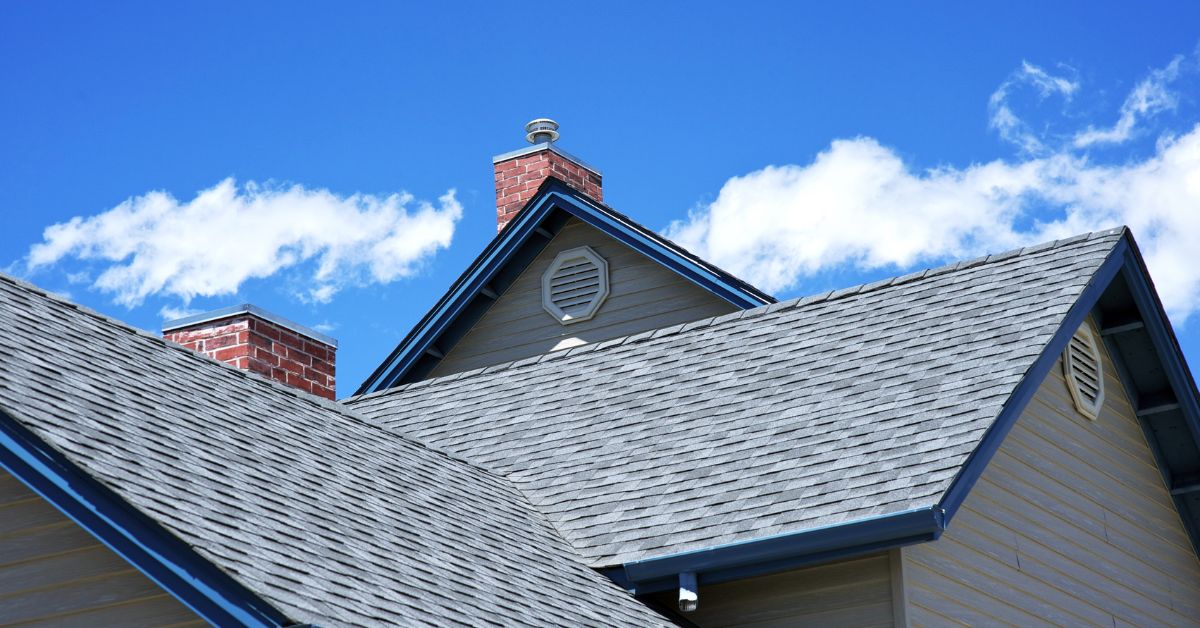
February 5, 2025
Roof Ridges: What They Are and Why They Matter
If you’ve ever looked at the top of a roof and noticed the highest horizontal line where two slopes meet, that’s the roof ridge. It plays a crucial role in the structure, ventilation, and overall durability of your roofing system. But why is the roof ridge so important, and what does it do? Let’s break it down in a way that’s easy to understand.
What Is a Roof Ridge?
A roof ridge is the peak or highest point of a sloped roof where two sides meet. It runs horizontally along the length of the roof and is typically covered with a protective ridge cap, which helps prevent water from seeping in while allowing for proper ventilation.
Why Does a Roof Ridge Matter?
The roof ridge does more than just connect two sides of your roof—it plays a critical role in keeping your home safe and functional. Here’s why it matters:
1. Structural Integrity
The ridge holds the two sides of the roof together, ensuring stability. Without a properly constructed ridge, the roof could weaken over time, leading to structural issues.
2. Ventilation for Your Home
Many modern roofs include a ridge vent, which allows hot, humid air to escape from the attic. This improves air circulation, prevents mold growth, and keeps your home energy efficient. Proper ventilation can also extend the life of your shingles by reducing heat buildup.
3. Protection from Water Damage
The ridge cap covers the joint at the peak, preventing rain, snow, and debris from entering the roof structure. Without it, moisture could seep in and cause leaks or damage to the underlying materials.
4. Prevents Ice Dams
In colder climates, a well-ventilated ridge can help prevent ice dams. These occur when warm air from the attic melts snow on the roof, which then refreezes at the edges, leading to potential leaks and roof damage.
How to Maintain Your Roof Ridge
- Inspect it regularly – Check for missing or cracked ridge caps after storms or extreme weather.
- Keep it clean – Remove debris like leaves and branches to maintain proper airflow.
- Ensure proper ventilation – If your attic feels excessively warm, consider upgrading to a ridge vent system.
- Hire professionals for repairs – If you notice damage, contact a roofing expert to assess and fix the issue before it worsens.
Conclusion
Your roof ridge is more than just a peak—it’s a key component that supports your home’s structure, improves ventilation, and protects against water damage. Whether you’re building a new home or maintaining your current roof, understanding the importance of roof ridges ensures a longer-lasting and more efficient roofing system.
If you’re looking for expert roofing services, Family First Exteriors is here to help. Contact us today for an inspection or to learn more about improving your roof’s performance.
